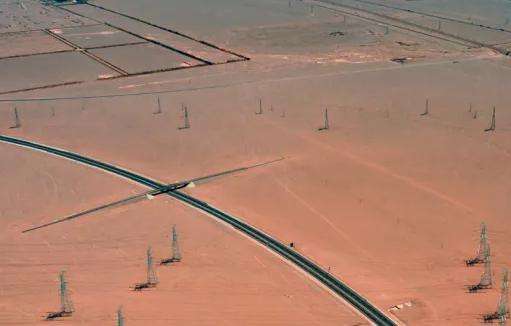Photovoltaic solar panel detection methods include: visual inspection, electrical performance test, infrared thermal imaging inspection, spectrum inspection, high insulation test voltage, etc.
1. Visual inspection
Inspect the surface of the photovoltaic panel by manual visual inspection for obvious damage, scratches, stains, etc. This method is simple and easy, but may overlook some minor flaws.
2. Electrical performance testing
Use photovoltaic testing equipment to conduct electrical performance testing on photovoltaic panels, including current, voltage, power, efficiency and other indicators. This method makes it possible to detect whether the performance of photovoltaic panels meets standards, but it requires specialized equipment and skills.
3. Inspection by imInfrared thermal imaging equipment
Using infrared thermal imaging equipment to inspect photovoltaic panels can detect the temperature distribution on the surface of photovoltaic panels to discover possible defects. This method is more precise but requires specialized equipment and skills.
4. Spectral detection
Using a spectrometer to detect photovoltaic panels can detect the absorption spectrum and emission spectrum of photovoltaic panels, thereby judging the performance and quality of photovoltaic panels. This method requires specialized equipment and skills, but can provide more detailed information.
5. High Voltage Insulation Test
Using a high voltage insulation tester to test photovoltaic panels can detect the insulation performance of photovoltaic panels and discover possiblels insulation defects. This method requires specialist equipment and skills, but can provide more accurate information on insulation performance.
How to identify the quality of solar panels, solar panels and photovoltaic panels
At present, photovoltaic modules are mainly classified according to materials
Monocrystalline silicon? The conversion rate is higher than 16% and the price is more expensive.
Polycrystalline silicon? The conversion rate is over 15% and is commonly used.
The conversion rate of thin film is slightly lower than that of both. However, technological innovation has been rapid in recent years and is expected to catch up with crystalline silicon.
At present, polysilicon is mainly used in ground-mounted and distributed power plants.
Which one is better is a rather big questionral. I think the one that suits you according to your financial capacity is the best.
Hello! Luhedao is very happy to answer your questions! Photovoltaic power generation can directly evaluate the quality of photovoltaic modules. If there is no problem with the installation angle and sunlight, the power output of good quality photovoltaic panels is very stable and high. to the naked eye. It must be tested. It is recommended to choose photovoltaic panels from well-known brands. I hope Xiaodao's answer can help you. If you are satisfied, help Xiaodao adopt them. and health forever!














